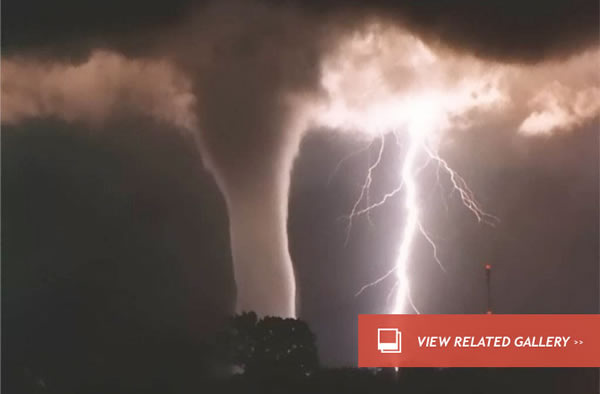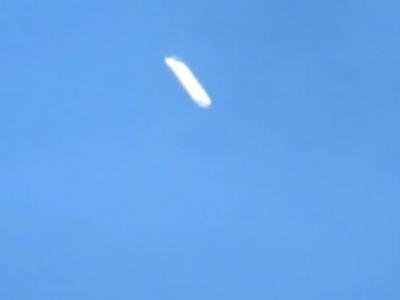Controlling Weather with Lasers
Controlling Weather with Lasers
What could be cooler than zapping clouds to make them do as you wish? The dream has been around a long time. Is it nuts?
A decades ago the only weather-related laser research hitting the science news pages was the limited success of New Mexico researchers who were trying to trigger lightning with high-powered lasers shot from a mountain top at passing thunderheads.
This is a pretty dangerous work, since the North American monsoon is what powers the thunderstorms in the Southwest and they can be pretty violently electric. I remember asking one of these researchers what would happen if they succeeded. Would their laser get blasted to bits by an angry Zeus? Silly me. They used mirrors to launch the beam perpendicular from its source. Ben Franklin would be so proud.
But all that laser and lightning stuff is not where it’s at any more. More recently it’s been discovered that lasers can influence the water condensation in the air, which is a little lever that could perhaps be made into a bigger lever that could make it possible to squeeze more rain out of clouds in dry regions. Maybe. Hopefully.
The prospect is good enough that there was a Conference on Laser-based Weather Control in 2011 in Geneva. This year the same organizers are putting together their second international meeting: the Conference on Laser, Weather and Climate (LWC2013) at the World Meteorological Organisation (WMO), once again in Geneva.
Their website explained that “ultra-short lasers launched into the atmosphere have emerged as a promising prospective tool for weather modulation and climate studies.” They point out such prospects as the old lightning control dream, laser-assisted condensation, and then add “the striking similarities between the non-linear optical propagation and natural phenomena like rogue waves or climate bifurcations.”
I will not pretend to understand more than a sliver of that last phrase, but I look forward to hearing about more specific science coming out of the conference itself, on Sept. 16-18. Meetings like these are critical for an unusual field because they require such a wide array of talents — meteorologists, atmospheric physicists, electrical engineers (someone has to work the laser), and so on — who may not all be employed at the same institution. Hopes are that collaborations will ensue. Long gone are the days when two guys with a kite, key and a jar could do meaningful science.
IMAGE: Tornado and lightning during a thunderstorm. (National Weather Service/F. Smith)(Aug 29, 2013 09:55 AM ET // by Larry O'Hanlon)












